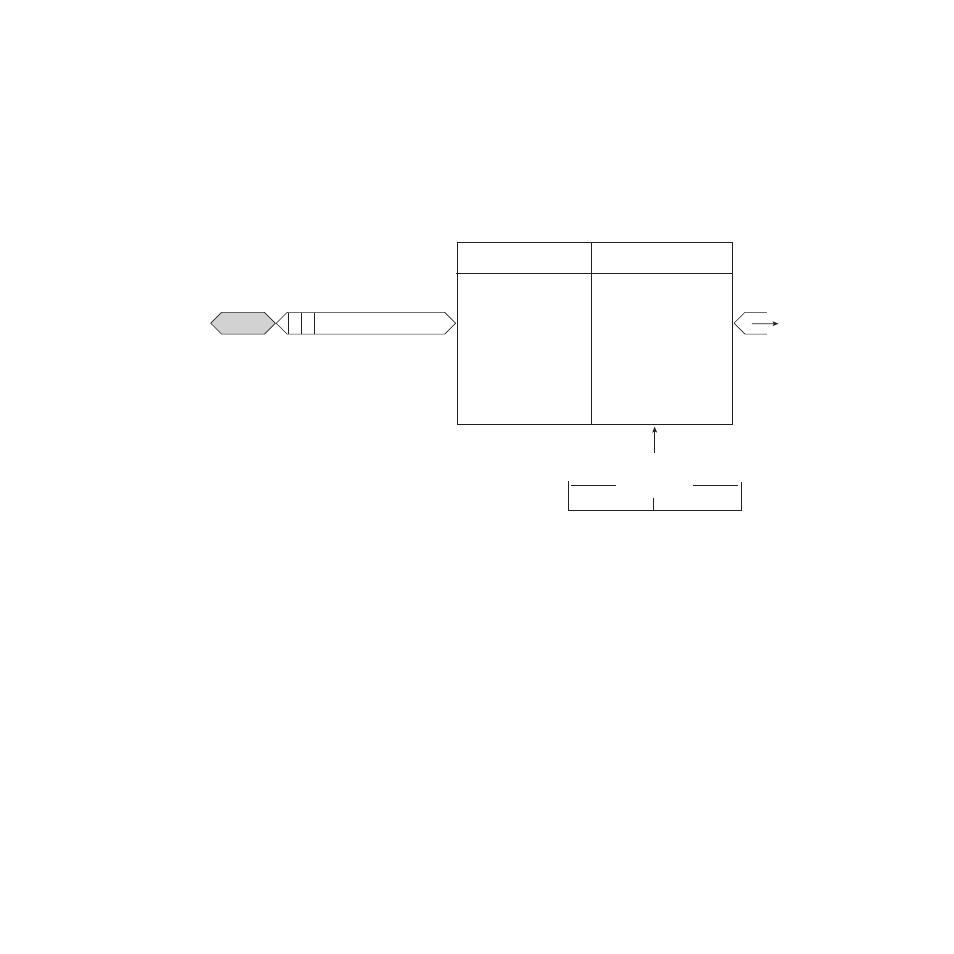Multiplexing – Grass Valley 8920MUX User Manual
Page 17

8920MUX Instruction Manual
17
Configuration
Multiplexing
illustrates the various multiplexing functions available in the
8920MUX. The module can be used to delete or pass either:
•
All of the ancillary data in the SD input stream, or
•
One of the four audio groups (G1, G2, G3, or G4).
Figure 6. 8920MUX Multiplexing Options
The Insert function allows you to insert the AES/EBU input into any one of
the audio groups (G1 through G4). If the selected group is already occupied
in the stream, the appropriate yellow Insert LED at the front of the module
will flash to indicate an invalid operation and the insertion is not per-
formed.
The Replace function removes any data in the designated group and inserts
the module’s AES/EBU input signal in that group.
Note
Ancillary data space can be limited when using 24-bit audio. Refer to Using
Ancillary Space in the SMPTE standard.
Note
The 8920MUX inserts or replaces only one audio group. To change more than
one audio group in the SD stream, you can cable multiple modules in series
and configure each module to manipulate one of the four groups (see
Note
The EDH Feed Forward bits from the incoming video for the Full Field and
Active Picture are ignored and set to No Error by the multiplexer IC.
Ancillary Data
• Delete or pass all ancillary
data
• Delete or pass all groups,
delete 1 of 4 audio groups
G1, G2, G3, or G4
• Off
• Insert audio as G1
• Insert audio as G2
• Insert audio as G3
• Insert audio as G4
• Auto insert in first available
audio group space
• Replace G1 audio group
• Replace G2 audio group
• Replace G3 audio group
• Replace G4 audio group
SD Input
Video
8920MUX
Audio Input
AES 1 (2 channels) AES 2 (2 channels)
Delete/Pass
Functions
Insert/Replace
Functions
Multiplex:
One audio group
8037_07r1
